Nine-thirty on a cool, sleepy August night at Central Fire Station in Portland. Emergency tones sounded, drowning out the chirping crickets.
“Forty-year-old female in cardiac arrest. Could be an OD,” the dispatcher announced over the crackling loudspeaker.
City paramedics and firefighters sprang into action.
The call they responded to has become routine.
Heroin. Again.
In less than two minutes – with sirens sounding and lights flashing – the emergency crew arrived at an address on Congress Street near North Street and the Portland Observatory, in the trendy Munjoy Hill neighborhood.
Several paramedics surrounded the unconscious woman’s body – sprawled on a driveway between two row houses. A passer-by had called 911.
The woman, wearing a dark tank top and gray sweatpants, didn’t move and took shallow and infrequent breaths.
A needle and a makeshift mixing bowl rested on a nearby rock wall – possibly where she was sitting before overdosing.
The medics monitored her pulse, gave her oxygen and began spraying Narcan – an antidote to the effects of heroin or other opiates – into her nasal passages. A small crowd stopped to silently watch the medics do their work.
Paramedic Nathaniel Sparling sprayed the medication in four short bursts of mist, pausing a few seconds in between.
About 30 seconds after the last dose, the woman abruptly sat up.
Less than a minute later, she stood and started walking – a bit wobbly at first and then more sure-footed.
Like she had awakened from the dead.
Paramedics persuaded her to go to the hospital, although she could have walked away and refused further treatment, as many addicts do. Some become belligerent after waking up, the paramedics say.
The addict – the Maine Sunday Telegram agreed not to identify patients as a condition for riding along on the fire department’s calls – seemed almost nonchalant during an ambulance ride to Maine Medical Center, despite nearly dying.
“At least this time I still have my shoes,” she joked.
About a month earlier, Portland medics saved her life, also giving her Narcan after she overdosed.
“Oh yeah, I remember her. She was blue and passed out in a USM parking lot,” said medic Steven Bishop. When patients turn blue, they often have stopped breathing, gone into full cardiac arrest and are near death, medics said.
She told the medics that she typically uses a half-gram of heroin in the morning and a similar dose in the evening. She believed that she had purchased a stronger-than-usual batch, so she cut back to a quarter-gram for her evening dose Aug. 12. But the heroin was more potent than she predicted, causing her to overdose, medics said.
Some batches of heroin recently have been combined with the prescription painkiller fentanyl, which makes the heroin up to 50 times stronger, police officials have said, and therefore easier to overdose.
The near-death episode didn’t seem to faze the woman, who was actually 29, not 40, as the initial 911 call suggested. She asked the medics what would happen to “my stuff” as she rode to the hospital, where she was likely monitored for several hours before being sent home. Police confiscated the needles at the scene.
“If the heroin is strong enough, you’ll stop breathing,” said Portland Fire Department Lt. Ed Dexter. “This was your classic, typical heroin overdose. She easily could have died. There’s only so many times where you can cheat death before the man upstairs says, ‘This is your day.’ ”
AN EPIDEMIC HAS ARRIVED
The Portland Fire Department – and emergency crews across Maine – respond to heroin overdoses on a much more frequent basis than even three years ago, officials say.
The heroin epidemic won’t be mentioned in the state’s tourism brochures or on websites sporting Maine’s trademark “The Way Life Should Be” slogan. But it’s nevertheless becoming a reality of life in Maine. Nationally, heroin use has increased, but New England, especially New Hampshire and Maine, are seeing troublesome surges in use of the drug.
Addiction to heroin and other opiates is affecting people across all demographics and income levels – from inner cities to quaint villages to upper-middle-income suburbs, fire officials say. For many, the substance abuse begins with a legal prescription for a narcotic painkilling medication, often dispensed to help patients deal with problems such as back injuries, tooth extractions or other acute conditions accompanied by severe pain.
Civic leaders are taking notice. Gov. Paul LePage has suggested, without yet providing details, that the National Guard might get involved, and he scheduled a summit Wednesday on the issue, inviting mostly law enforcement officials to participate. In neighboring New Hampshire, Democratic presidential candidate Hillary Clinton has talked about heroin abuse while on the campaign trail.
While politicians and community leaders are now speaking out, medics have been dealing with the heroin epidemic for years now. Narcan use has become so frequent that fire crews use it as a verb: “We Narcaned him.”
In Portland, the fire department had given overdose patients the Narcan antidote 91 times through July 31 this year.
That’s on pace to be nearly twice as often as in 2014, and more than triple the rate in 2012, when Narcan was given 56 times.
This year, the fire department could, on average, end up giving Narcan to someone every other day.
“I don’t bother asking, ‘Did you do heroin?’ ” Dexter said. “It’s ‘How much heroin did you use?’ ”
The number of overdose calls the fire department responds to is substantially greater than the number of times Narcan is given, officials say, although that’s difficult to quantify. For instance, someone may call 911 on what is believed to be an overdose, but the heroin user may not have actually overdosed. Or an overdose is called in, but friends or relatives may have given Narcan to the patient before the fire department arrives. The state has passed laws making it legal for nonmedical people to administer Narcan.
On July 31, emergency crews responded to 14 suspected overdoses in a 24-hour period – including two deaths – alarming city officials.
Medics say that while going on heroin overdose calls is becoming a bigger part of their job, many times it seems like a fruitless effort.
“Yeah, we’re saving lives, I get that, but sometimes I wonder if we’re really helping them,” said medic Mike Kimball. “When you see the same person three times in one day, it gets frustrating.”
‘THIS TREND IS GOING TO CONTINUE’
It’s the same story in Biddeford, where rescue workers have given 60 Narcan doses through July 31 this year, compared to 55 doses for all of 2014, said Deputy Fire Chief Kevin Duross.
“This trend is going to continue,” Duross said. “There’s more potent drugs that are available for cheap.”
Duross said the medics can’t solve the underlying problems of opiate addiction. The number of Mainers seeking treatment for addiction ballooned from 1,115 in 2010 to 3,463 in 2014, according to the Maine Office of Substance Abuse. Heroin overdose deaths have increased from seven in 2009 to 57 in 2014. When including fentanyl, Maine had 100 heroin or fentanyl overdose deaths in 2014, and 63 through June 30 of this year.
“Let’s face it, we are not going to stop someone from using,” Duross said.
For medics, it’s a never-ending cycle of giving Narcan, saving lives, and the addicts are back out on the street hours later, shooting up heroin again.
Substance abuse experts say for long-term users, heroin use is not about going to parties and getting high, but injecting the drug to avoid going through violent withdrawal symptoms, including vomiting, diarrhea and severe bone and joint pain. Chemicals in the heroin bind to the brain’s opioid receptors, giving users a pleasant, warm feeling that masks a menacing effect: a physical dependence that’s extremely difficult to overcome.
A major roadblock to reducing heroin use, substance abuse experts say, is the lack of long-term treatment programs in Maine. When someone goes to the hospital, often there are no treatment programs available to refer him to, especially if he is uninsured.
“We’re continuing to shuttle people in and out of the hospitals with nothing to help them,” said Dr. Caroline Teschke, who manages Portland’s free health clinic and needle exchange program. “We desperately need more clinics. We need to find a way to make it happen.”
Short-term detoxification centers – where patients stay for about a week until their withdrawal symptoms subside – like the one at the Milestone Foundation on India Street in Portland – often fill up.
Bob Fowler, executive director at the Milestone Foundation, said the hospitals may call Milestone if they’re discharging a heroin user, but many times the detox center is unavailable.
“It’s very likely our detox center is full and there’s nowhere else for them to go,” said Fowler, especially since Mercy Recovery Center in Westbrook – which had both a detox center and treatment programs – closed this summer. “We’ve been turning away 100 people a month now.”
‘WE ARE OVERWHELMED’
Fowler said for those who do make it into the detox program, referrals to longer-term – 30- to 90-day – treatment programs are usually unavailable, and can be difficult to get into even for those with insurance. However, if someone can pay several thousand dollars to $20,000 out of pocket, he can easily get into a private program, Fowler said.
Otherwise, treatment options are sparse and patients are out of luck.
Milestone operates a long-term treatment center in Old Orchard Beach, mostly for MaineCare patients, but demand far outstrips the supply, he said.
Mark Swann, executive director of Preble Street, which operates the homeless shelter and other services for low-income residents, said officials there are seeing many more people addicted to heroin and other opiates, but there’s not much the center can do to help. A woman died from a suspected heroin overdose at the shelter last week.
“We are overwhelmed in dealing with this,” Swann said.
Fowler said the lack of resources for substance abuse treatment is a problem spanning decades, neglected by Democratic, independent and Republican administrations.
“There is not really a unified plan for substance abuse treatment. I’m not really seeing a strategy,” he said.
Capt. Kevin McGuire of the Portland Fire Department said heroin is a societal problem that needs to be resolved.
“We haven’t put a lot of resources into rehabilitation or prevention,” he said. “What do we say to these people when they say, ‘I don’t want to do this anymore?’ “
Send questions/comments to the editors.


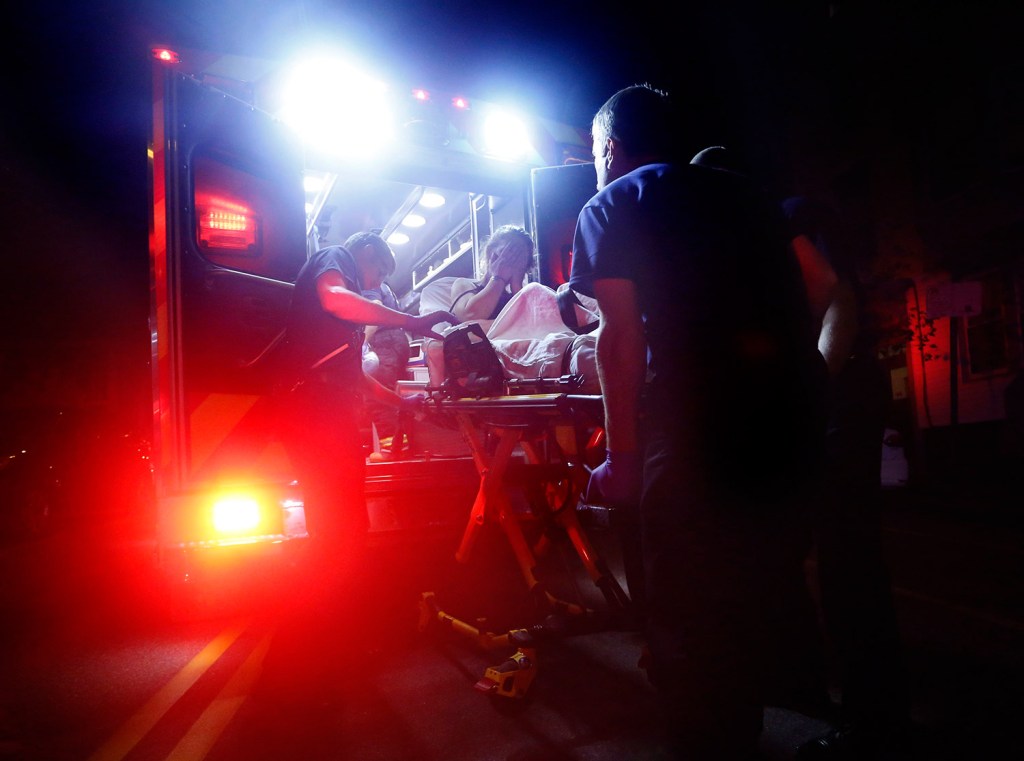
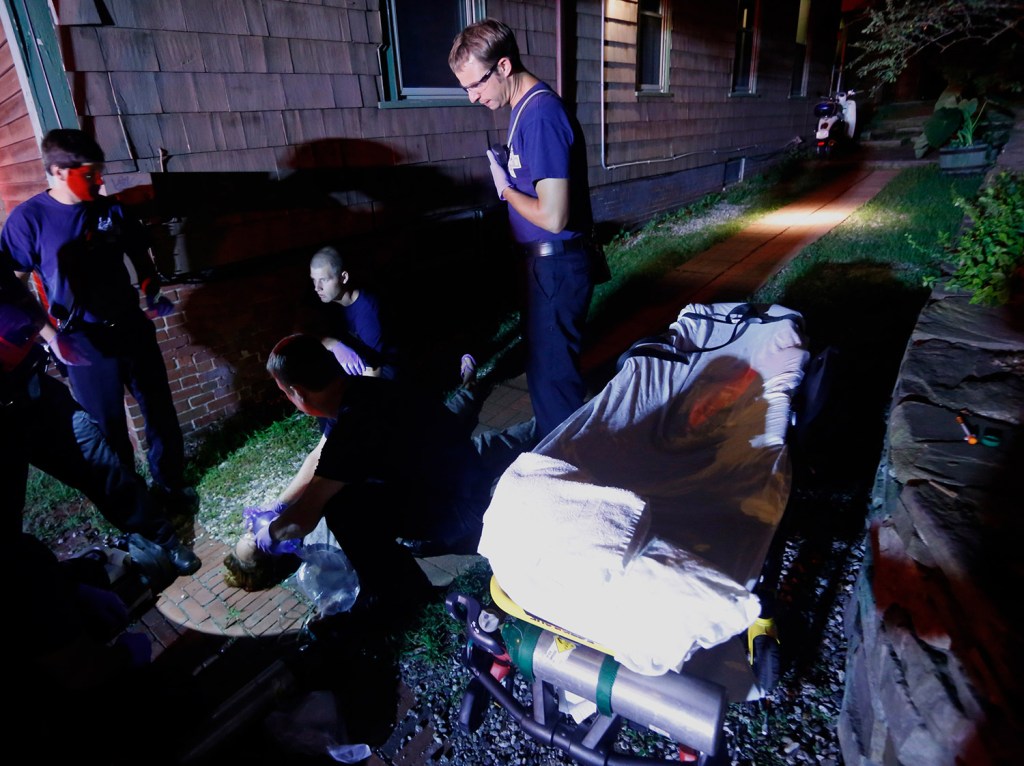
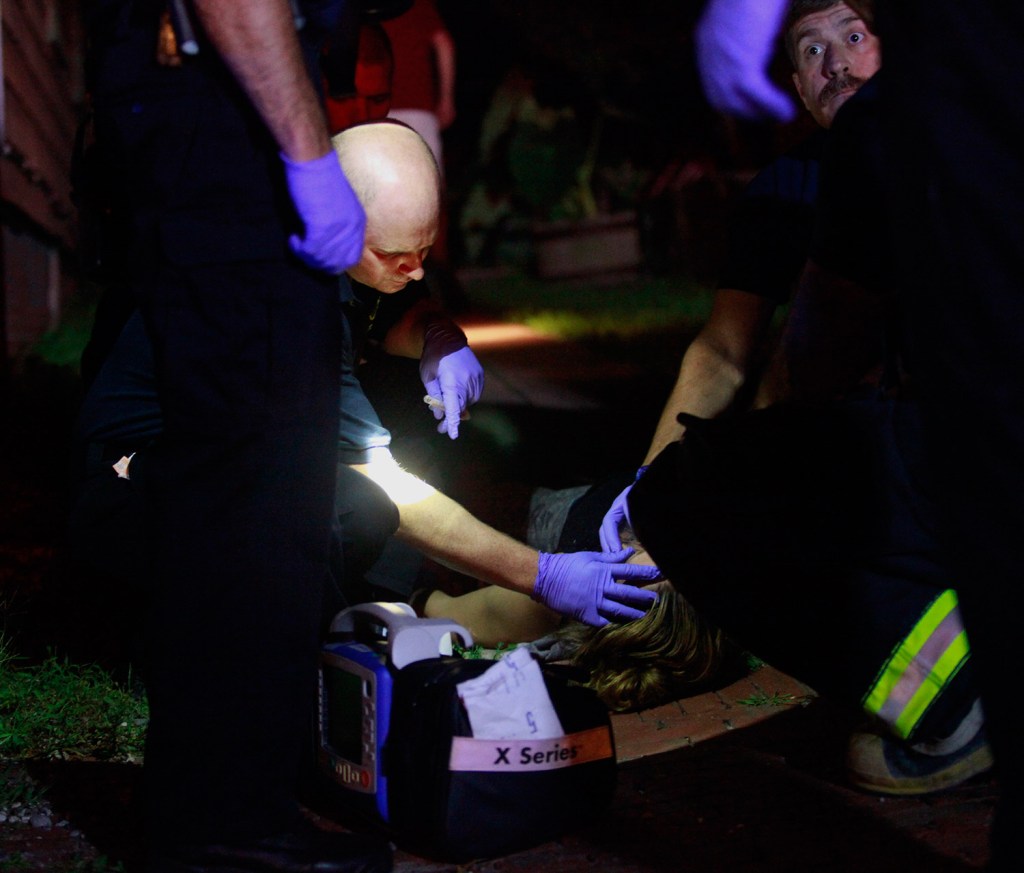
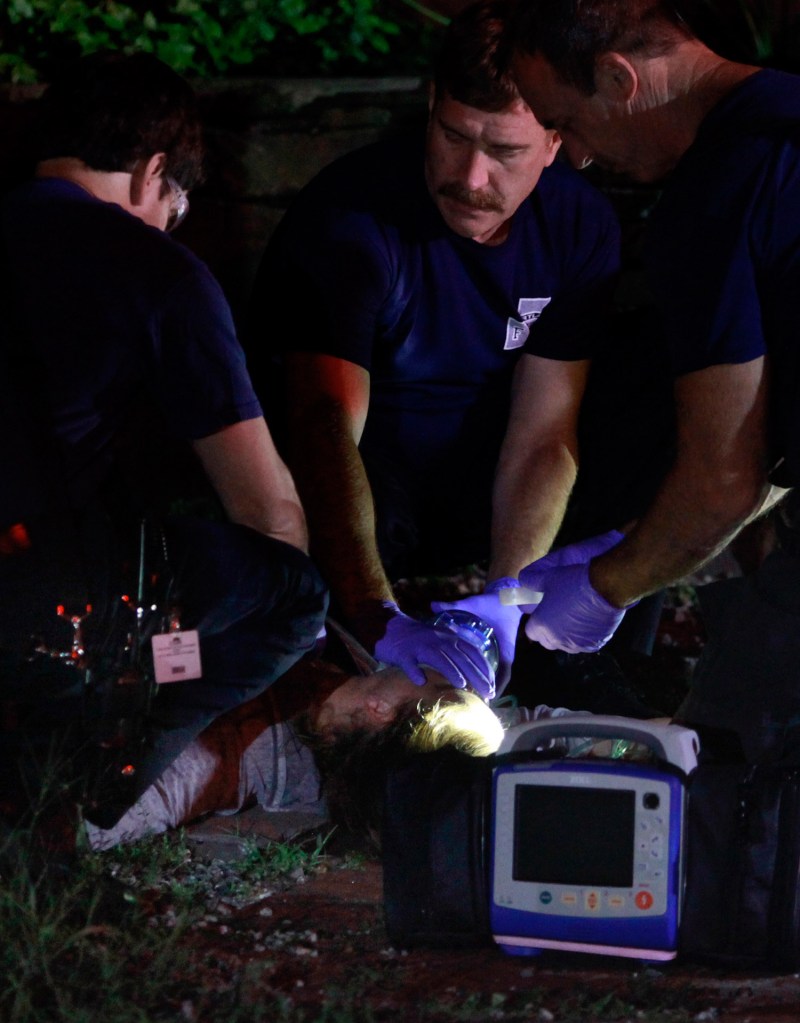
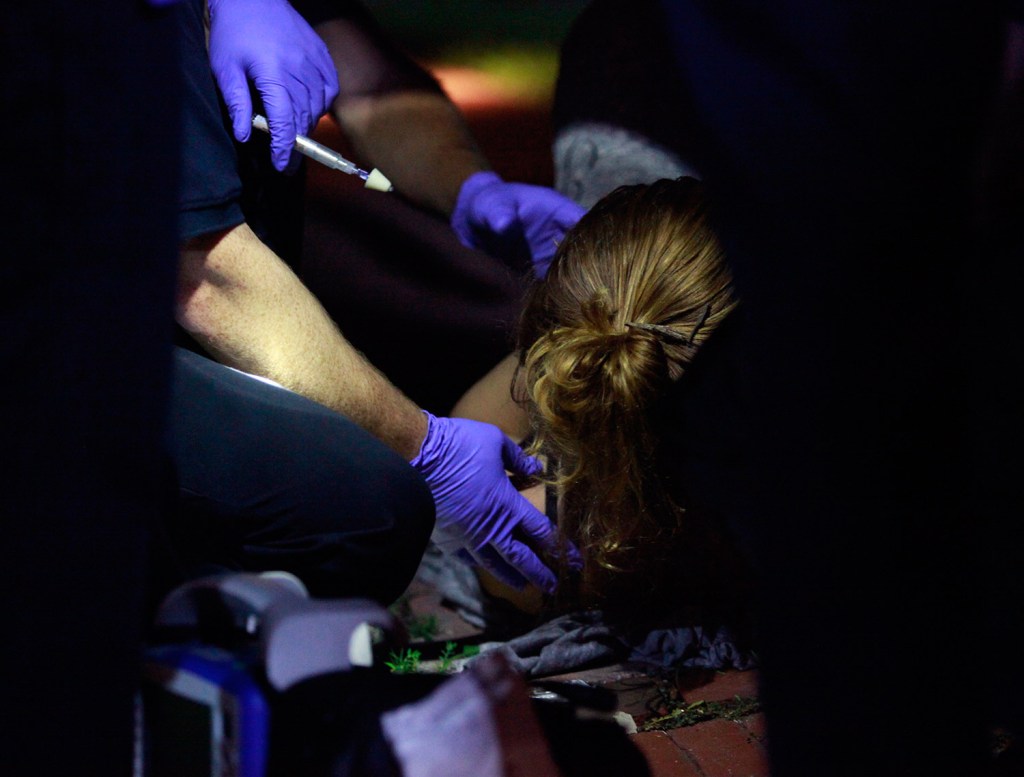
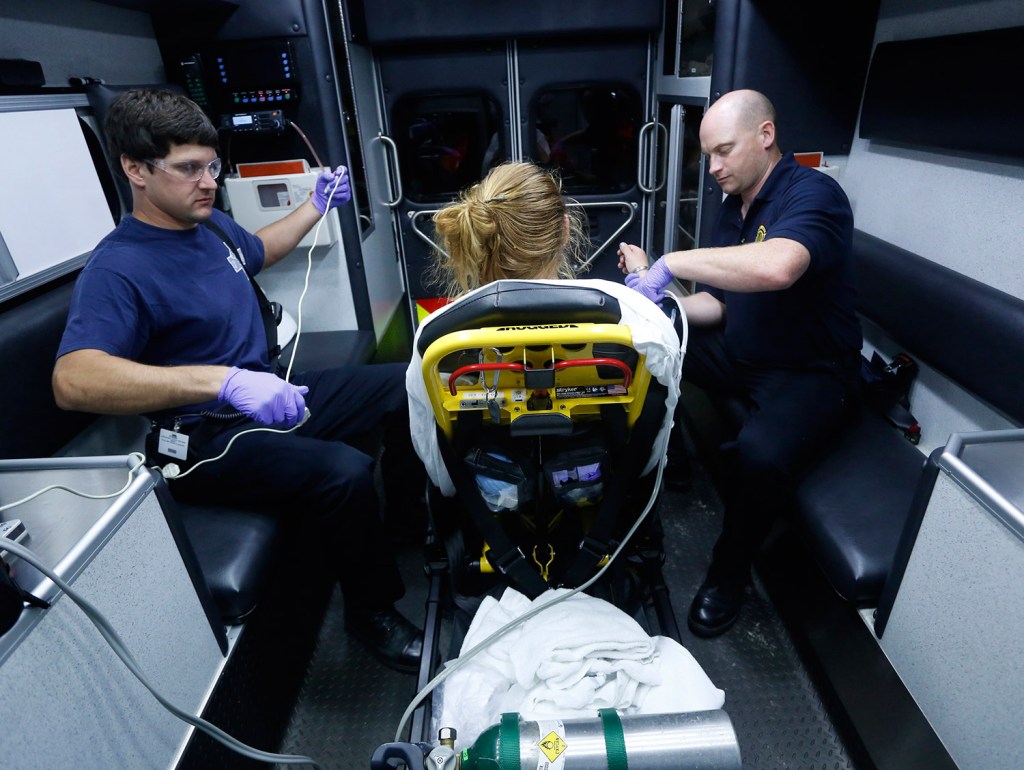
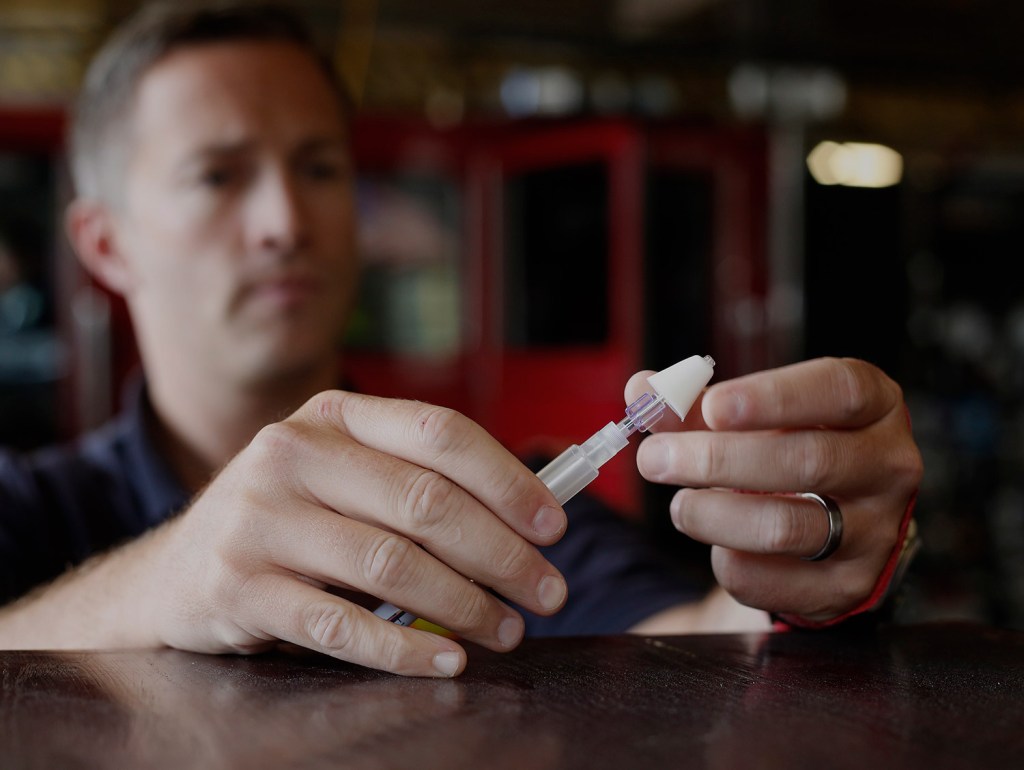

Success. Please wait for the page to reload. If the page does not reload within 5 seconds, please refresh the page.
Enter your email and password to access comments.
Hi, to comment on stories you must . This profile is in addition to your subscription and website login.
Already have a commenting profile? .
Invalid username/password.
Please check your email to confirm and complete your registration.
Only subscribers are eligible to post comments. Please subscribe or login first for digital access. Here’s why.
Use the form below to reset your password. When you've submitted your account email, we will send an email with a reset code.